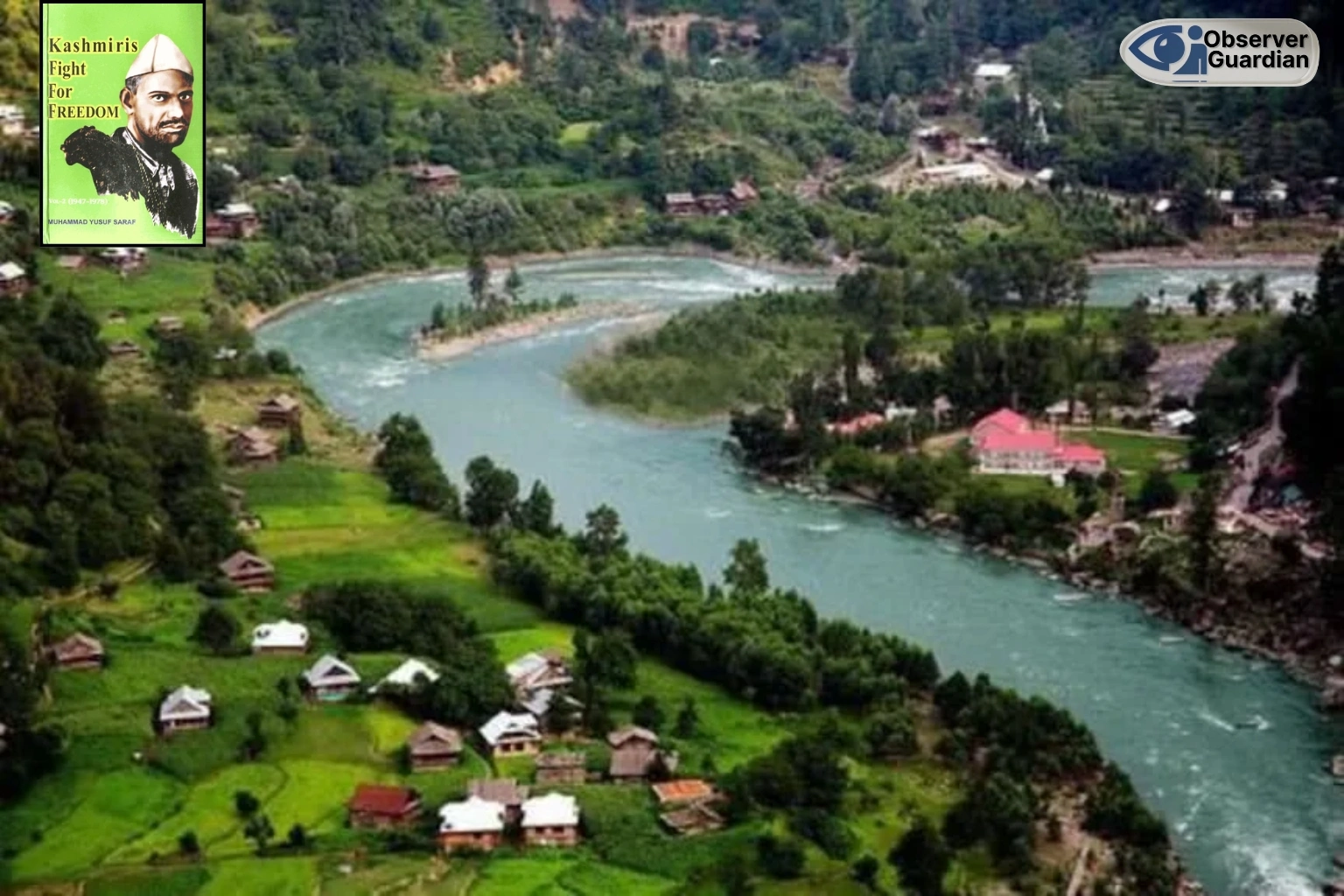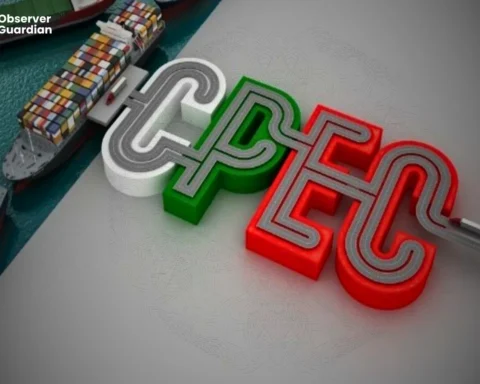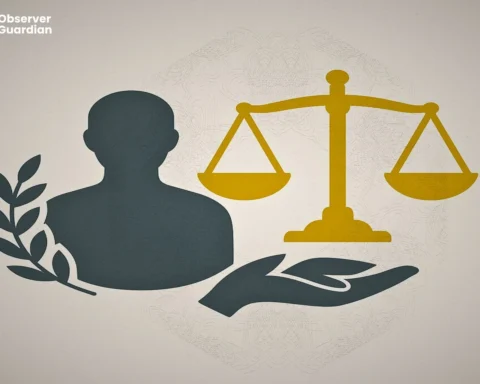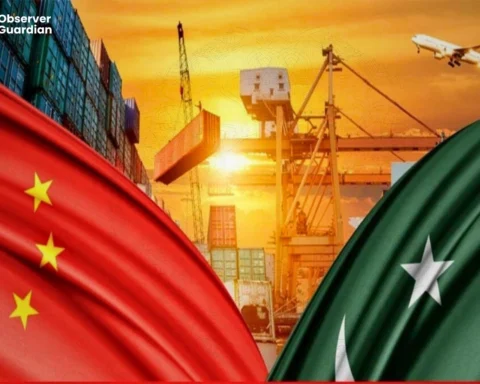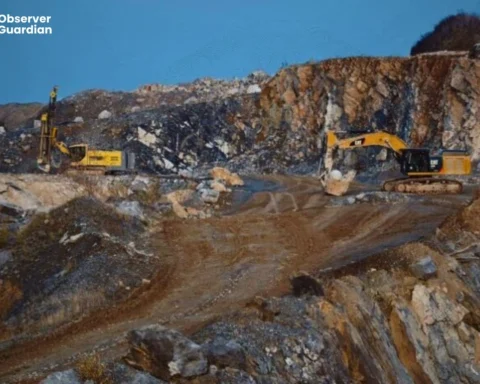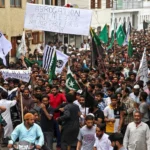Kashmir since 1947 does not present the history of a disputed border. In fact, it is a history of a people that has been tree-timbered among power politics, unfulfilled promises, and a lifelong struggle of dignity. His book Kashmiris Fighting for Freedom (1947-1978) by the author, Muhammad Yusuf Saraf, appeals strong urge that compels us to think how millions of people are denied justice. His narration is not only an account of activities but also an accusatory text regarding the decisions made by India and the international community. It is quite shocking to read it nowadays and realize how little has changed and how much that scar of 1947 still divides South Asia.
Kashmir was at a juncture in the time of partition. Being a Muslim majority, geographically close to Pakistan and with the cultural connection across the new border, accession to Pakistan was their logical destiny. However, the ruler of the state was a Hindu Maharaja, Hari Singh who initially attempted to stay out of the conflict. Saraf stresses that such hesitation which was reinforced by the machinations of Indian leaders and the encouragement of Mountbatten, could be defined as the step towards the opening of a door through which no one could ever get out of a crisis. The Instrument of Accession, as it is popularly known, was signed under pressure after the Maharaja escaped to Jammu and is perceived by Saraf and many others as an illegal act which bypassed the will of the people. That promise of the plebiscite that India itself had held out earlier was quietly abrogated when it became clear that Kashmiris would vote in favour of Pakistan.
The uprising which started in Poonch and spread over Jammu was not organized in vacuum. It was a culmination of years of repressive taxation, religious discrimination, and alienation in political matters under Dogra rule. In the absence of external aid, the rebellion would have been quashed and there would no longer be any room for what subsequently established Azad Kashmir. This intervention was perhaps dirty, but it shifted the balance of power and effectively rescued it against total absorption by India.
The resultant drama was the first war ever to be fought between India and Pakistan and in its aftermath, Kashmir got divided into two distinct parts by a ceasefire line demarcated by the United Nations. The UN resolutions in its initial years acknowledged Kashmir to be a disputed region and demanded a plebiscite but the same did not have any substance. Saraf is very critical about the inability of international powers to implement their obligations. As the Soviet Union defended it in the Security Council, the West, and particularly Franklin D. Roosevelt, the American president, felt reluctant to pressurize India. Finally, world politics prevailed over the Kashmiri self-determination. This underperformance institutionalised the partition of the land and the uncertainty of its people.
Saraf takes special consideration of the lives of Kashmiris who are ruled by the Indians. His chapters on the Occupied Scene are most notable in the way he describes repression. Mass arrests, censorship, and installing of supportive governments eliminated the real voices of freedom. India attempted to legitimize control by means of elections, though these were rigged polls. Through steps to erode the civil liberties, there were also plans to integrate the Kashmir area into the Indian Union without respecting the central democratic right to decide the future. However, the crux of the Kashmiri complaint is how can a claim of democracy be made when the people’s desire of the greatest importance is denied?
The Kashmiri could be seen as part of the problem in 1965 and in 1971 conflicts, and the conflict left them disillusioned too. The Simla Agreement sidelined Kashmir after the war of 1971 and so did the Tashkent Declaration after the war of 1965. It has been a particularly destructive tipping as Simla collapsed the issue to an interstate dispute between India and Pakistan and eliminated its international aspect. In the case of Saraf, this was a betrayal of Kashmiris whose voices were not heard in negotiations that led to determination of fate.
The bigger motivation of Saraf to his story is that the Kashmir conflict has never been about territory. It concerns the idea of self-determination and the freedom of a nation deprived of subjectivity. India has the claim of secular democracy but has denied even the most fundamental democratic option at Kashmir.
The international community has failed continually to abide by its own standards, though high rhetoric prevailed. The outcome has been a frozen conflict taking place repeatedly, with new generations of Kashmiris being unable to live their life.
Opinion on Kashmir has tended to be polarised between nationalist stands, but the work brings an imperative need of seeing it through the lens of people themselves. Freedom is not merely a matter of maps or resolutions, but life has already been lived through massacres, displacement and disappointed hopes. One thing nationalists cannot ignore is their aspirations and this will not usher in peace. No matter how much we are trying, real hope of peace can only arise when we give Kashmiris the justice to decide their own fate. That was the promise of 1947 and to this day that is yet to be fulfilled in South Asia.
Disclaimer: The views and opinions expressed in this article are exclusively those of the author and do not reflect the official stance, policies, or perspectives of the Platform.

